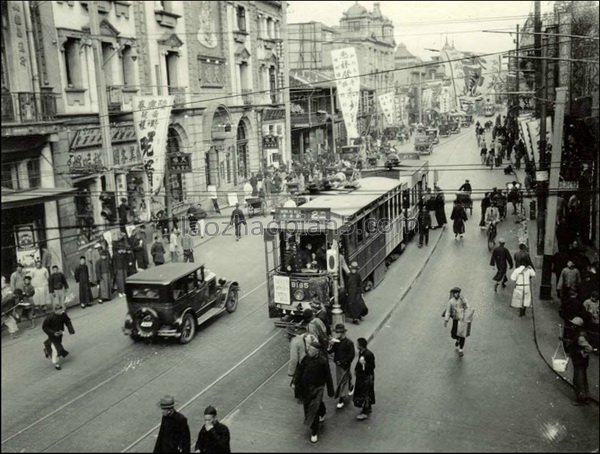[The Qing Dynasty expanded the axis of the residual seat of the statues of Cao Wangxi and others in the Northern Wei Dynasty]
The axis of the residual seat of the statues of Cao Wangxi and others was carved in the sixth year of Zhengguang in the Northern Wei Dynasty (525), and the ink was expanded into four pieces of paper, which were combined into an axis. 238 cm vertically and 92 cm horizontally. Mr. Ma Heng donated gifts
This stone was from Tonglin Village, Linzi, Shandong Province in the late Qing Dynasty. It is the stone seat of the statue of Maitreya, and was built in March of the sixth year of Zhengguang in the Northern Wei Dynasty (525). The front line is carved with immortals and two lions with incense burners on their heads, and the left and right sides are carved with male and female providers, waiters, carriages and horses, all of which are extremely exquisite. The back is engraved with regular script statue. After excavation, it was collected by Chen Jieqi, and there was not much spread. Later, it was sold to France by Shanghai Laiyuan Company, and the rubbings could not be recovered, and the price was expensive, so it became a treasure. Most of them have been handed down. This is an original stone and ink painting. The clothes are smooth, the words are clear, and the roe grain can be distinguished. It is quite worth playing with. Mr. Ma Heng bought this book from the tablet dealer and cherished it very much, and expressed his concern about the loss of cultural relics in the inscription and postscript
Mr. Ma Heng Jiayin (1914) wrote in the poem hall in the winter: “The statue of General Bai Renling Cao Wangxi of Xiangwei of the Yuan and Wei Dynasties. This stone was old in Shandong, and was transported to Shanghai this spring by a chariot, which was bought by Europeans at a high price. I got this rubbings from the monument and solemnly hid it. Alas, our people are interested in profits. I don’t know who will have the idea of antiquities after a hundred years of preservation?” And then added: “Gao Zhen” and “Gao Qing” The two steles are also light and time objects, and the calligraphy is very similar to this. The Tang Dynasty’s “Monument to the Eternal Temple” is also the one who took the baby. “
![图片[1]-The Qing Dynasty expanded the residual seat axis of Cao Wangxi and other statues in the Northern Wei Dynasty-China Archive](https://chinaarchive.net/Qing dynasty/Inscription/16774[1024].jpg)





![[Qing Dynasty] British female painter—Elizabeth Keith, using woodblock prints to record China from the late Qing Dynasty to the early Republic of China—1915-China Archive](https://chinaarchive.net/wp-content/uploads/2022/11/image-191x300.png)